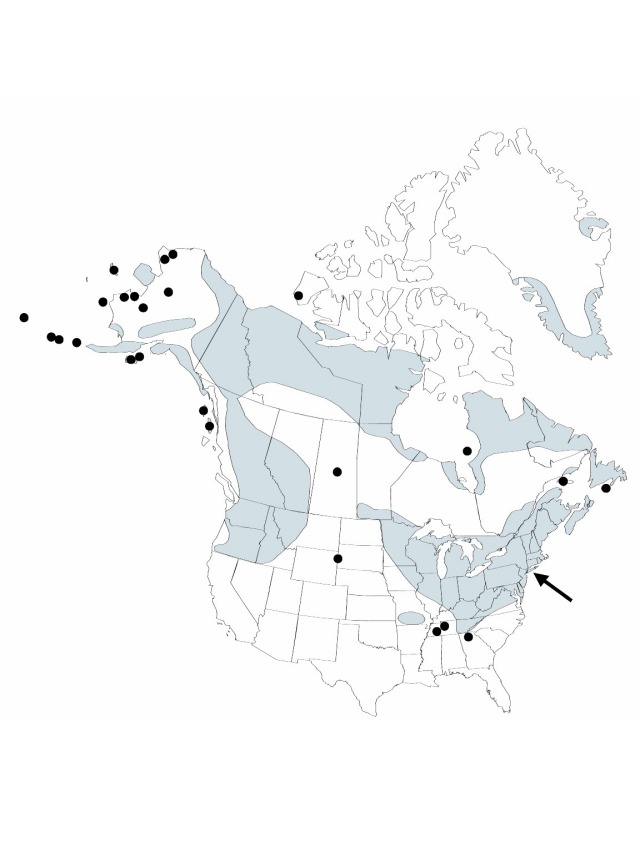Luzula multiflora
Flore des Environs de Spa 1: 169. 1811.
Culms densely to loosely cespitose, 10–40 cm. Leaves: basal leaves 3.5–12 cm × 2–6 mm; cauline leaves equaling or exceeding inflorescences. Inflorescences: glomerules 3–16 (each with 8–16 flowers), 1–2 nearly sessile with others on evident peduncles, mostly cylindric; secondary branches sometimes present, usually straight, erect; proximal inflorescence bract barely as long as to exceeding inflorescence. Flowers: tepals pale brown to chestnut brown to blackish with clear margins, 2–4 mm; outer and inner whorl ± equal, or outer whorl slightly longer (outer whorl pointed, inner whorl pointed or truncate-mucronate); anthers not more than 2 times filament length; stigmas 0.8–1.5 mm; styles not persistent in fruit. Capsules pale to brown to black, globose, shorter than to ± equaling tepals. Seeds 1.1–1.7 mm; caruncles 0.2–0.6 mm.
Distribution

North America, Eurasia.
Discussion
Many names have been applied to members of this variable complex throughout the range of this flora. No monograph is yet available to enable a satisfactory treatment.
Subspecies 6 (3 in the flora).
Selected References
Lower Taxa
Key
| 1 | Tepals of outer and inner whorls not similar, outer whorl pointed, inner whorl truncate-mucronate; dark brown to chestnut to blackish | Luzula multiflora subsp. frigida |
| 1 | Tepals of outer and inner whorls similar, pointed, straw-colored to chestnut. | > 2 |
| 2 | Tepals straw-colored to brown; cauline leaves not or only barely overlapping; proximal inflorescence bract equal to or barely exceeding inflorescence | Luzula multiflora subsp. multiflora |
| 2 | Tepals chestnut; cauline leaves greatly overlapping; proximal inflorescence bract well exceeding inflorescence | Luzula multiflora subsp. kobayasii |